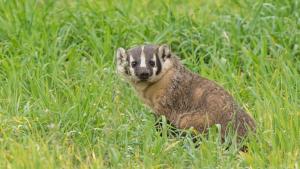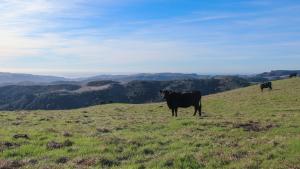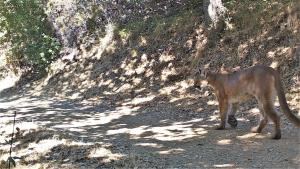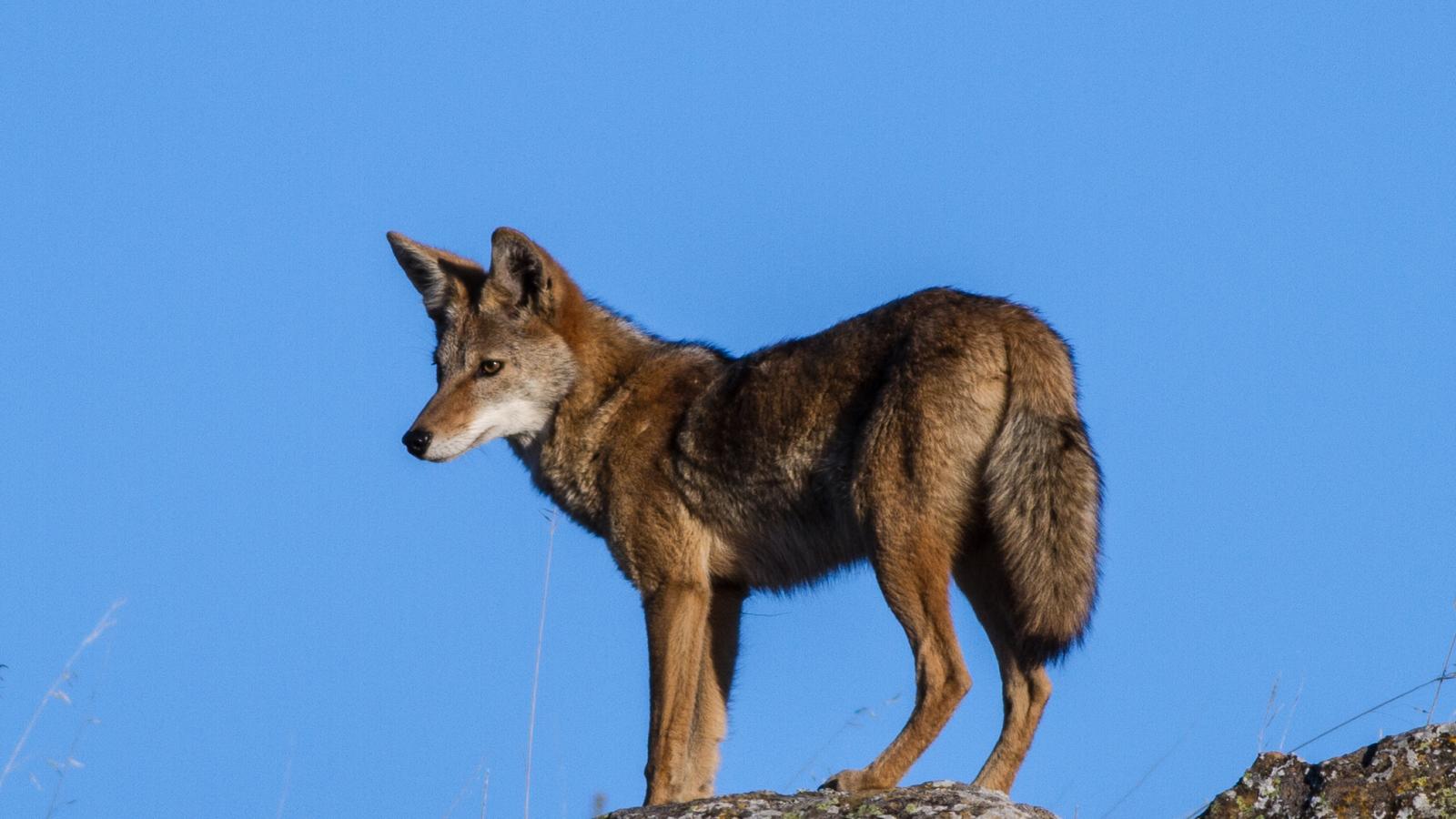In 2021, Midpen began a collaborative 5-year wildlife and livestock protection study in collaboration with scientists who study wildlife and livestock conflict management.
The purpose of this research is to safeguard native plant and wildlife while promoting the economic sustainability of conservation grazing where livestock predation by wildlife may occur.
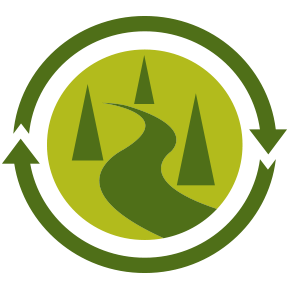
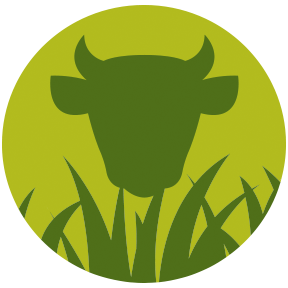
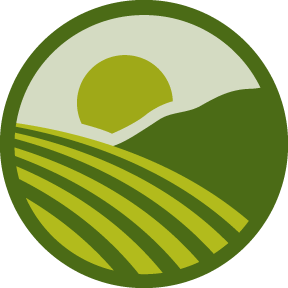
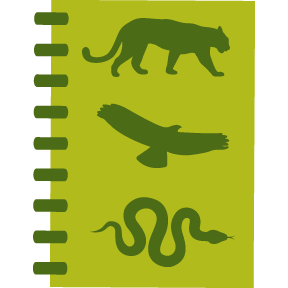
Goals and Objectives
The research is covering the following general scope of work:
- Conduct a wildlife and livestock protection study
- Provide annual updates and research findings
- Create a predation risk map
- Support and evaluate a potential pilot volunteer livestock monitoring program
- Publish research findings
- Develop site-specific plans to reduce wildlife-livestock conflicts in conservation grazing areas

Stay informed!
The Current Science
In 2018, Midpen performed a review of the currently available scientific literature on wildlife-livestock interactions, which Midpen built on to add to as part of this new 5-year study. Here is a summary of what the current best-available science tells us:
Coyote
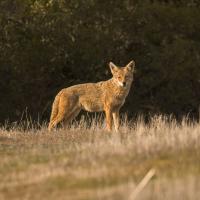
Coyotes were once limited to the Central U.S. and Mexico. Despite eradication efforts, coyotes expanded across the country into habitat previously occupied by wolves. They primarily prey on rodents, ground squirrels and rabbits. They also eat insects, fruits and vegetation.
Livestock Interaction: Coyotes can predate on small to medium livestock such as sheep and calves, and harass larger animals such as cattle. Solo coyotes are not a significant threat to cattle, but group hunting can be an issue. Coyotes are also known to scavenge on carcasses.
Mountain Lion
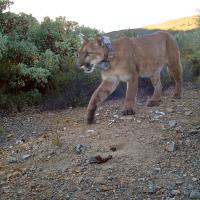
Native to California, their cryptic nature and lack of individual traits make mountain lions difficult to survey. They rely on stealth when hunting, and roughly 98 percent of the biomass they consume is deer. A "bountied predator" from 1907-1963, thousands were killed. Proposition 117 passed in 1990 designating mountain lions as a “specially protected mammal” in California. Currently, mountain lions are a candidate species under the California Endangered Species Act, and are protected as threatened while this status is being reviewed.
Livestock Interaction: Mountain lions may opportunistically prey on livestock, more commonly sheep, goats or calves. They may also opportunistically scavenge on carcasses.
Bobcat
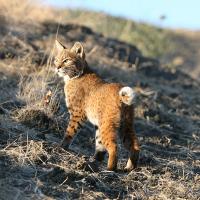
Bobcats inhabit a wide variety of habitats across the U.S. They primarily feed on rabbits and rodents, though they may also consume birds, insects and fawns.
Livestock Interaction
There is little evidence that bobcats pose a threat to cattle and calves, though they can be problematic for smaller livestock such as chickens.
Domestic Dog
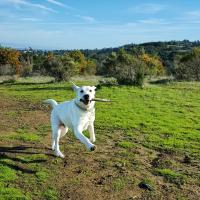
Domestic dogs can pose a significant risk by killing, injuring or persistently worrying livestock.
Livestock Interaction: There have been no reported losses of livestock to domestic dogs on Midpen land, but it is an issue on other public lands.
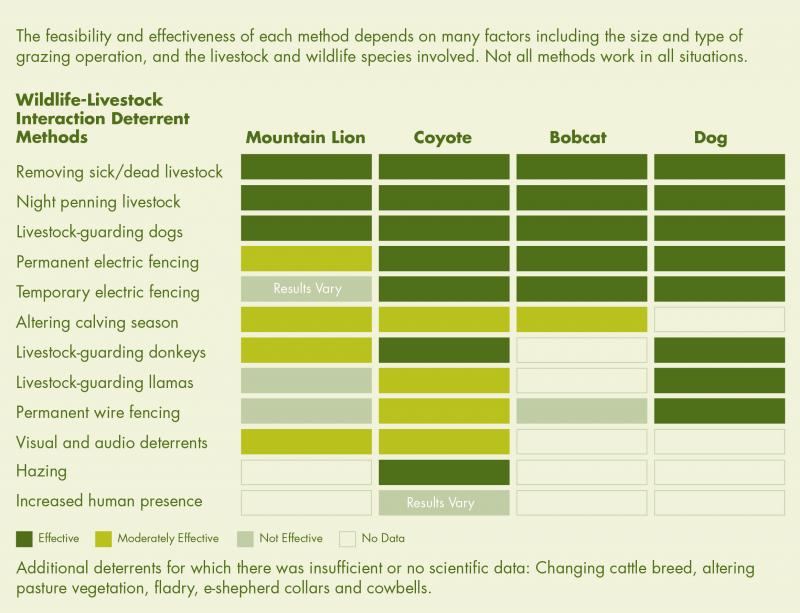
Project Partners
The research is performed collaboratively with:
University of California Division of Agriculture and Natural Resources
Santa Cruz Puma Project
California Polytechnic State University
Together, the cooperating researchers have authored more than 58 peer-reviewed scientific papers on the subject of wildlife and livestock conflict management.

Documents and Reports
Related Projects
